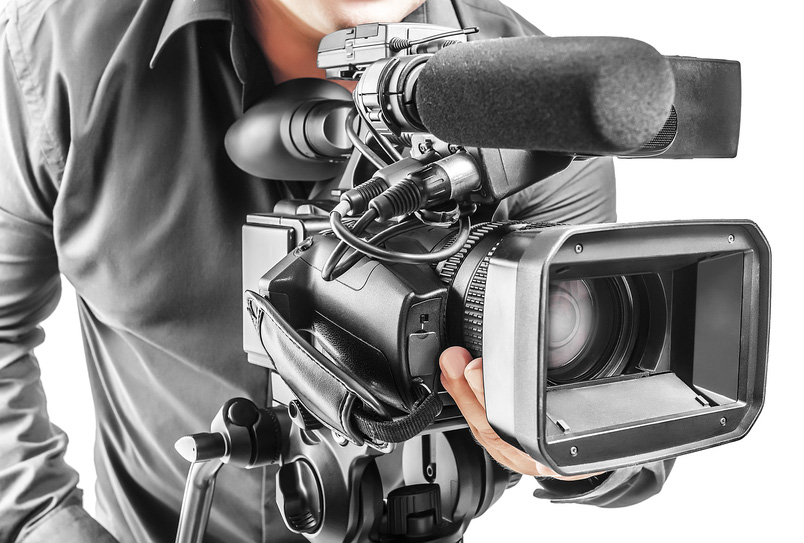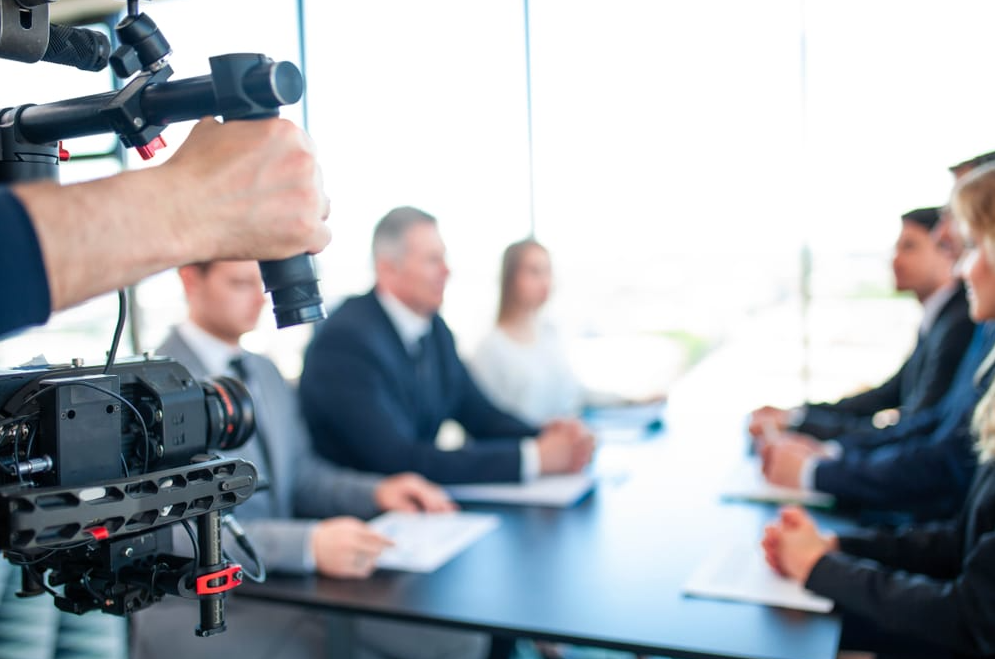How Legal Videography Improves Courtroom Discussions and Evidence
How Legal Videography Improves Courtroom Discussions and Evidence
Blog Article
Digging Into the Systems of Lawful Videography: Introduction Its Operation in Safeguarding Genuine Visual Testimony for Judicial Process
In the realm of judicial procedures, the function of lawful videography stands as a cornerstone in maintaining and presenting visual evidence. As technology continues to development, the systems behind legal videography have come to be increasingly elaborate, offering a vital layer of authenticity to testaments caught on video. By diving right into the operational intricacies of lawful videography, one can discover the careful procedures that guard the stability of aesthetic proof provided in courtrooms - Legal Videography. This expedition not only clarifies the historical advancement of legal videography but additionally means the future patterns that may better reinvent exactly how visual testimonies are promoted in the realm of justice.
Historic Development of Lawful Videography
Taking a look at the historic development of legal videography exposes a considerable transformation in the capturing and presentation of visual proof within the legal landscape. In the past, legal proceedings heavily relied upon written transcripts and photos to document occasions and supply evidence. Nonetheless, with the development of video clip technology, the lawful industry saw a standard change in just how visual statement was recorded and offered.
The evolution of legal videography can be traced back to the late 20th century when developments in video clip recording tools made it more available for usage in court rooms. This technological innovation not just boosted the precision and integrity of aesthetic evidence but likewise reinvented the method instances existed to courts and courts (Legal Videography). Lawyers started to identify the convincing power of video clip recordings in communicating feelings, nuances, and non-verbal hints that composed transcripts or photos alone could not capture properly

Innovation Improvements in Video Clip Documents
What essential technical innovations have reinvented video documents in the lawful field? The lawful area has seen substantial innovations in video documents modern technology that have actually enhanced the credibility and reliability of aesthetic evidence in judicial process.
Additionally, advancements in video clip encryption and watermarking technologies have actually bolstered the protection and tamper-proof nature of video proof, protecting it versus unauthorized modifications or meddling. Furthermore, the advent of cloud storage space solutions and remote gain access to capabilities has structured the storage, retrieval, and sharing of video evidence, assisting in smooth collaboration among attorneys and making sure efficient access to vital visual testaments when needed. These technological innovations in video paperwork have actually undoubtedly transformed the legal area, boosting the precision, reputation, and admissibility of aesthetic proof in judicial process.
Role of Legal Videographers in Court Room Settings
The development of video documentation innovation in the lawful field has actually required an essential duty for legal videographers in court room setups, making sure the stability and dependability of visual testimonies offered during judicial procedures. Lawful videographers play a basic function in capturing and protecting accurate aesthetic evidence that can be crucial in court instances. Their duty reaches setting up tools, see this site taping process, and creating top quality videos that properly show the occasions in the court.
In courtroom setups, legal videographers should comply with stringent standards and requirements to keep the authenticity of the aesthetic record. They have to possess a keen eye for detail and a thorough understanding of lawful treatments to make sure that the video they record is a true depiction of the occasions that transpired. Additionally, lawful videographers go commonly function closely with legal groups to guarantee that the video clip evidence aligns with the instance's needs and can be efficiently offered in court to support the lawful debates being made. Generally, the role of legal videographers in court setups is essential in promoting the concepts of justice and ensuring the transparency of legal proceedings.

Ensuring Admissibility and Integrity of Video Clip Proof
To maintain the trustworthiness of aesthetic proof presented in lawful proceedings, making certain the admissibility and stability of video clip evidence is an essential responsibility for legal videographers. Admissibility refers to the approval of evidence by the court, and for video evidence to be acceptable, it should satisfy particular criteria. Legal videographers play a crucial function in making certain that the videos they capture abide by the policies of evidence, such as authenticity, integrity, and significance.
Integrity of video clip evidence entails keeping the originality and accuracy of the video footage from the moment it is recorded till it is offered in court. This consists of safely saving the video clip data, recording the chain of guardianship, and preventing any type of tampering or modifications. Legal videographers must abide by rigorous protocols to assure the integrity of the video clip proof and protect against any type of difficulties to its authenticity.
Future Trends in Legal Videography
Given the enhancing dependence on modern technology in lawful procedures, lawful videographers are positioned to accept ingenious developments shaping the future of aesthetic statement capture and presentation. One of the noticeable patterns on the horizon is the combination of online reality (VIRTUAL REALITY) and increased truth (AR) innovations right into legal videography. These modern technologies have the prospective to change just how aesthetic evidence is provided in courts, permitting juries and courts to immerse themselves in the scene of the crime or occurrence.
Furthermore, making use of expert system (AI) algorithms for video clip analysis is anticipated to improve the procedure of assessing and assessing large quantities of video footage. AI can help in identifying crucial moments, abnormalities, and patterns within video clips, improving the performance of legal examinations.

Final Thought
In conclusion, lawful videography has played an important role in giving authentic aesthetic evidence for judicial process. Via technological innovations and the know-how of legal videographers, the stability and admissibility of video evidence are made sure in court room setups. As legal videography remains to develop, it will certainly be important to copyright requirements that preserve the accuracy and integrity of visual testimony for the future of lawful procedures.
Analyzing the historic progression of legal videography exposes a substantial transformation in the recording and discussion of visual proof within the lawful landscape.The development of video clip documentation innovation in the lawful field has actually required an important function for lawful videographers in courtroom settings, making certain the integrity and dependability of aesthetic statements provided throughout judicial process. In addition, legal videographers commonly function very closely with lawful groups to ensure that the video clip proof straightens with the case's requirements and can be efficiently presented in court to sustain the legal arguments being made.To maintain the integrity of aesthetic evidence offered in legal procedures, guaranteeing the admissibility and stability of video evidence is a vital obligation for legal videographers. As legal videography continues to advance, it will be essential to copyright standards that maintain the precision and reliability of aesthetic testament for the future of lawful procedures.
Report this page